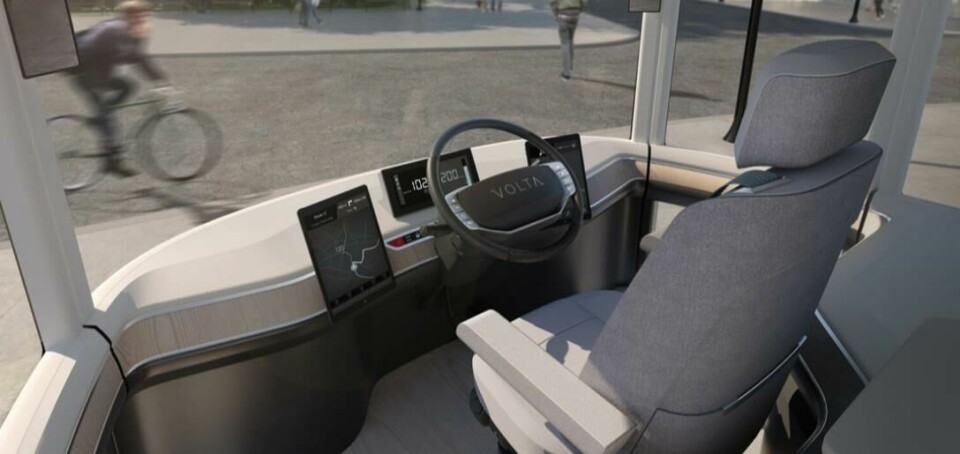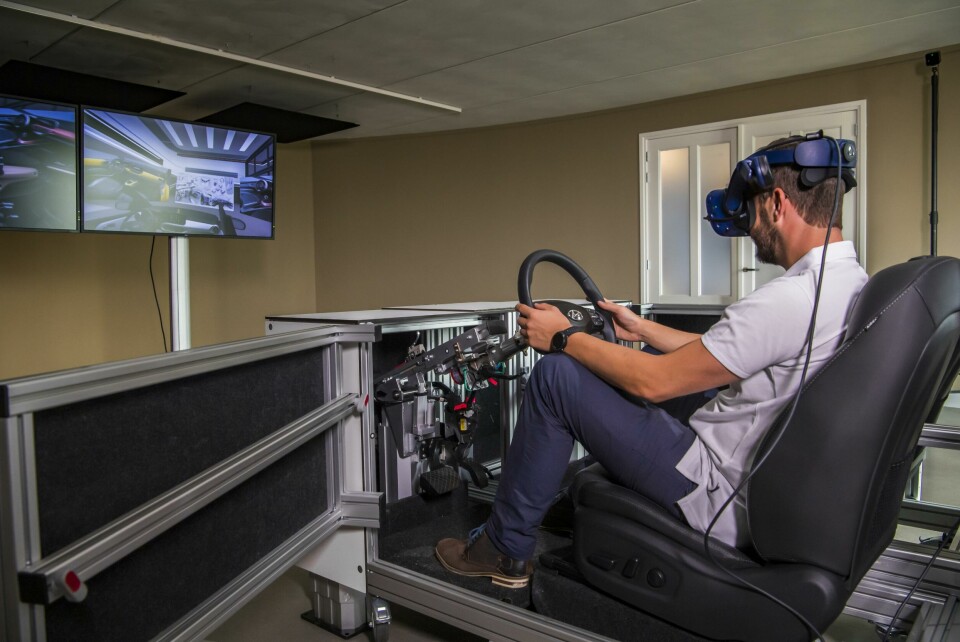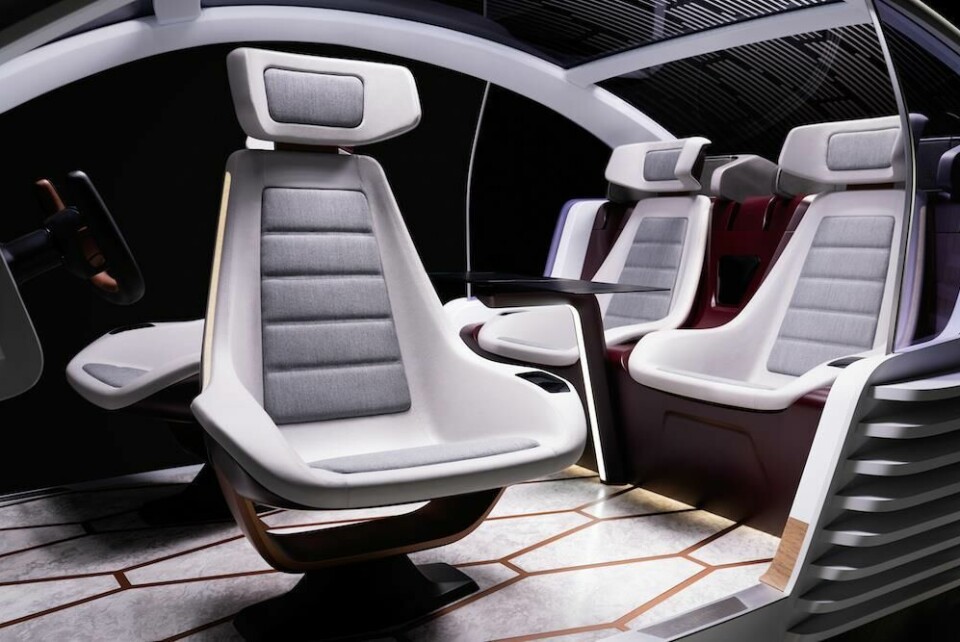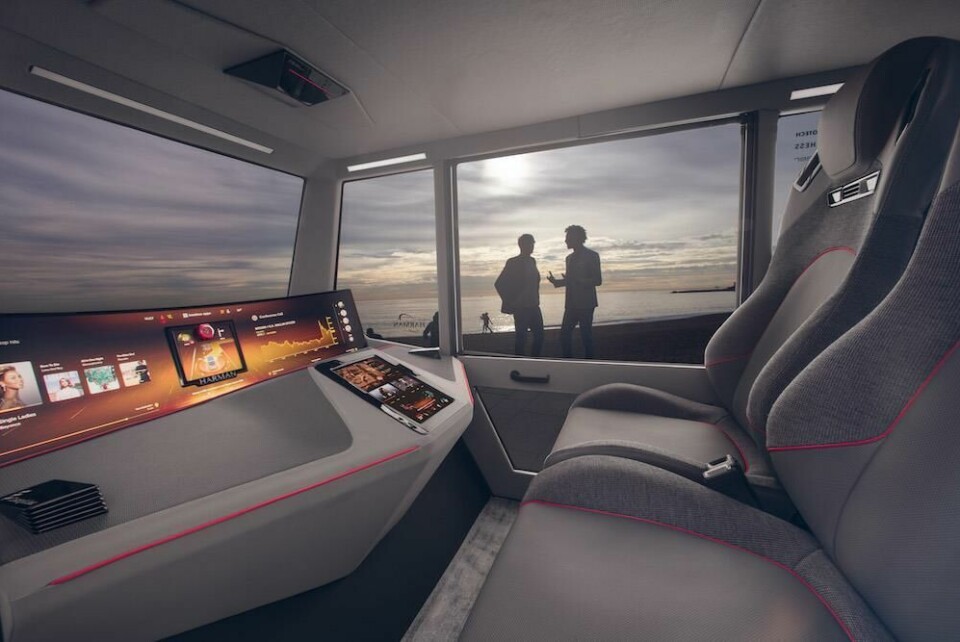
Seating Trends: Driver centred solutions
Designing the cabin to allow the driver to sit in the centre and the development of lighter, more sustainable seats
A centrally-positioned driver’s seat isn’t just for sports cars like the McLaren F1: it’s well-suited to optimise both interior space and all-round vision in different types of vehicle, and particularly in electric vehicles without a front engine compartment.
Volta Trucks places the driver centrally in its delivery van, giving a better view out – and thus heightened awareness of other, vulnerable, road-users such as pedestrians and cyclists – as well as easier access to the cab through the sliding doors on each side. The tiny 3222mm-long Uniti One urban commuter EV, designed in Sweden, also positions the driver in the middle, up front with two flat-folding passenger seats behind; this three-seat layout allows for 155 litres of luggage space three-up, but up to 760 ‘usable’ litres seats-down.
Three-seater layouts up front (with a driver to one side) may also be making a comeback. The new Land Rover Defender comes with a central fold-down ‘jump’ seat option, and while the Tesla Cybertruck’s seats aren’t its most instantly-striking feature, this super-wide pick-up (2032mm) can easily accommodate a trio abreast in what is perhaps the most controversial-looking six-seater since the Fiat Multipla.

Lighter layers
Innovations under the surface are key to reducing seat weight, and here the plastics and petrochemicals industry is playing a particular part. At K 2019, a plastics trade fair in Düsseldorf, Covestro unveiled an interior concept showcasing its latest lightweight materials. Its seats have a sandwich structure with a polycarbonate composite shell, said to be both lightweight and stable. Plastics giant Dow showed seats at K with thinner and lighter foams, using polyether polyols said to reduce VOC (volatile organic compound) emissions by up to 50%, to offer better ‘foam shape memory’ – i.e. less sagging when sat upon – and to allow for more complex component design, thanks to the foam’s flowability and compression properties.

Proseat, supplier of seat foams and surfaces to clients including the VW Group, displayed seating materials with low weight, high stiffness and good ventilation properties, which combine foam and EPP (expanded polypropylene).
The Fraunhofer ICT (Institute for Chemical Technology), meanwhile, highlighted its research into more sustainable solutions with a seat back-rest module made from a combination of recycled engineering plastics around a steel structure and bio-based, self-reinforced PLA (polylactic acid) compound sheeting, a biodegradable thermoplastic. However, issues do remain around bio-plastics in terms of durability, quality, heat resistance and other safety concerns, restricting where they may be used in a vehicle, so such materials may still be some way from series production.













